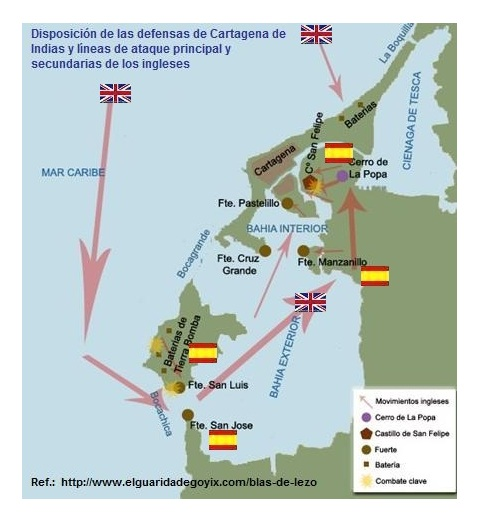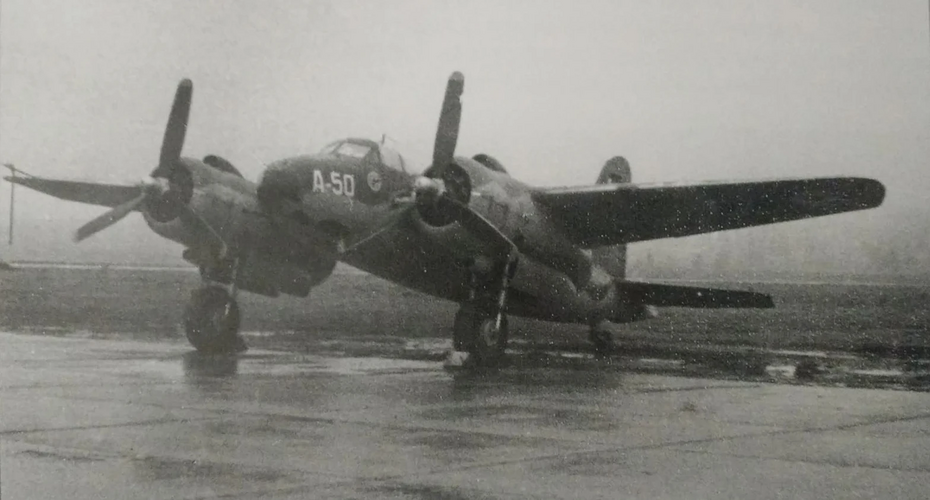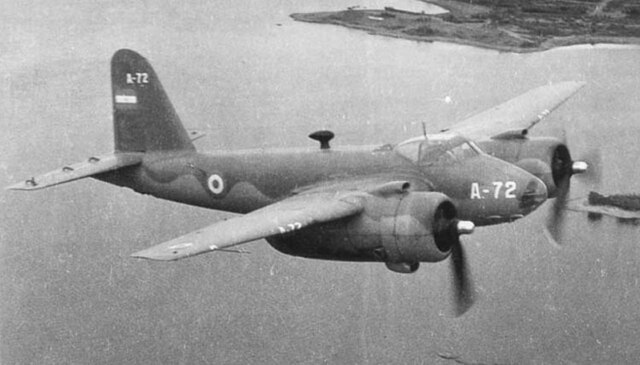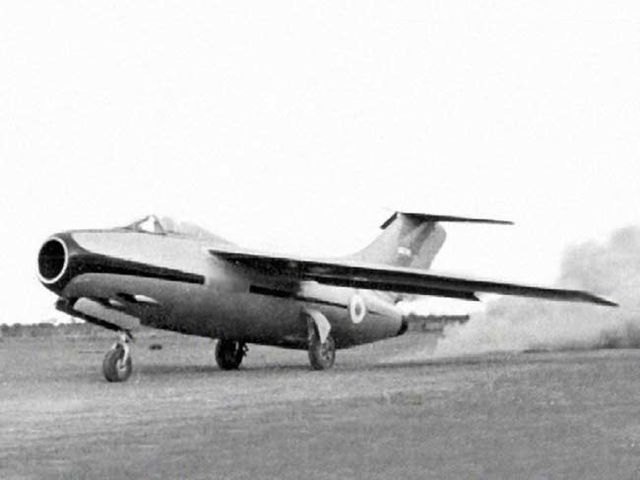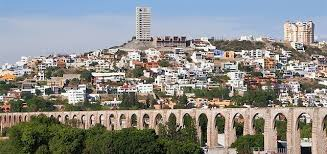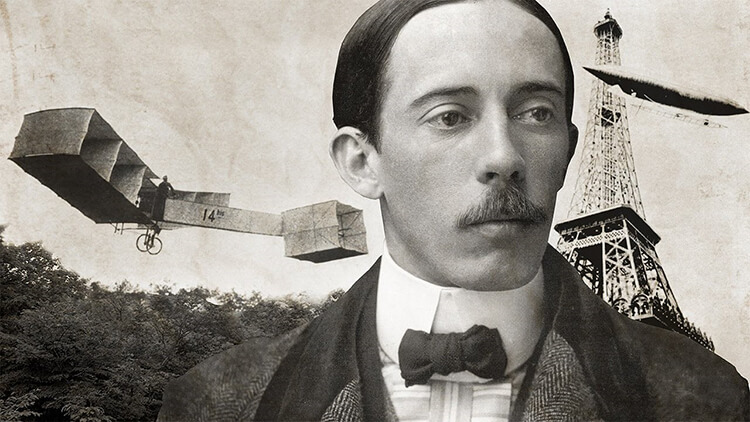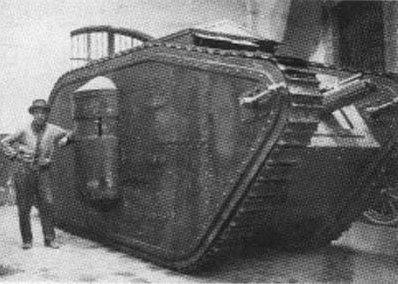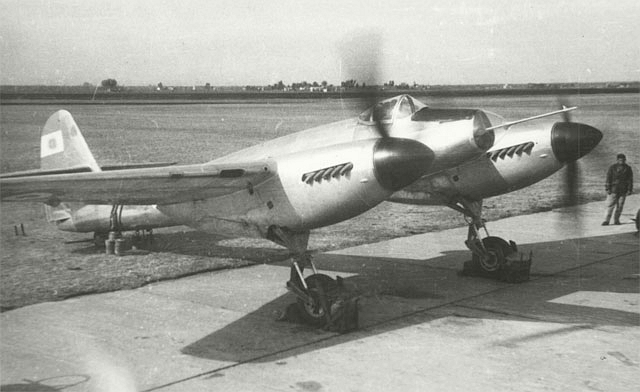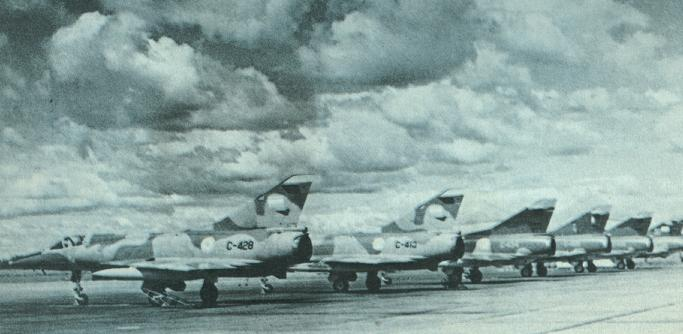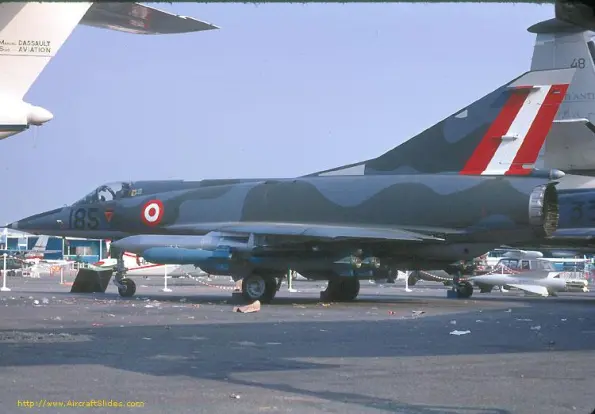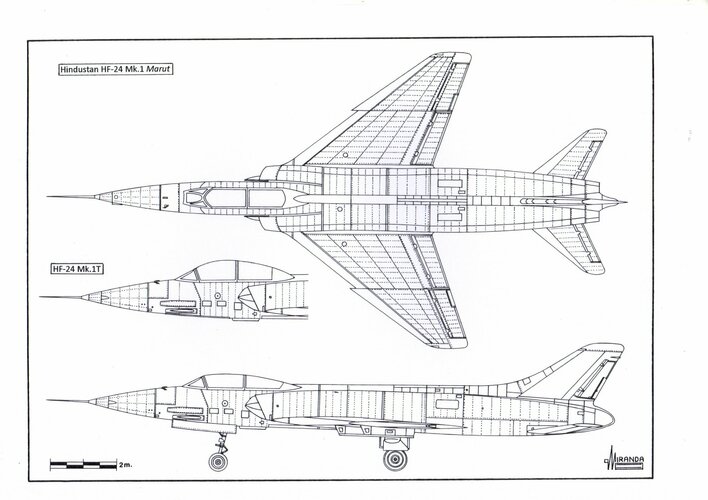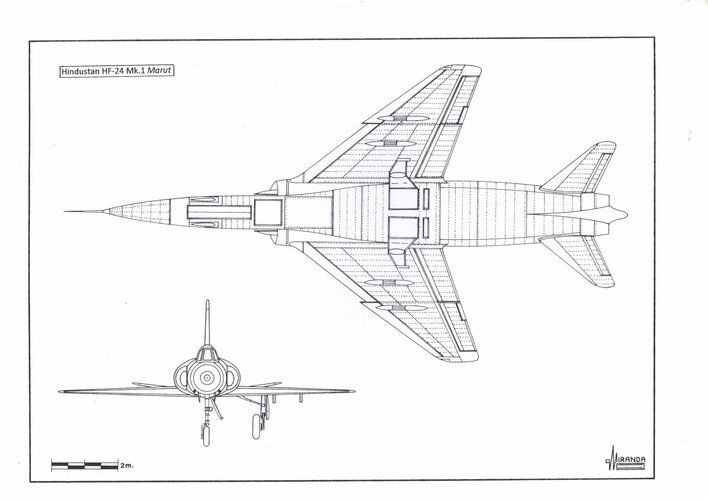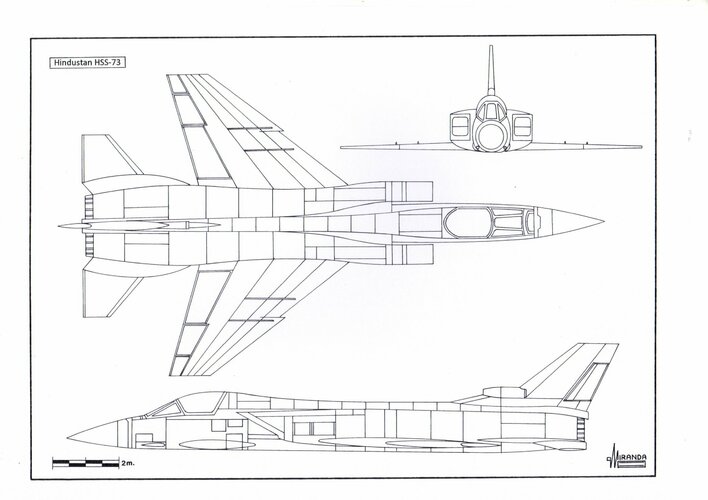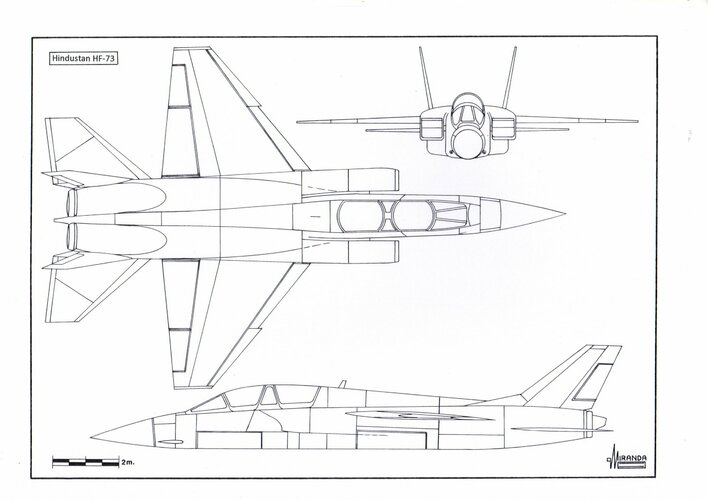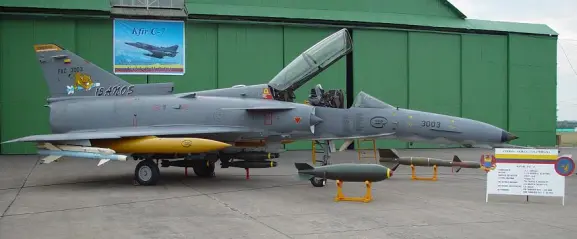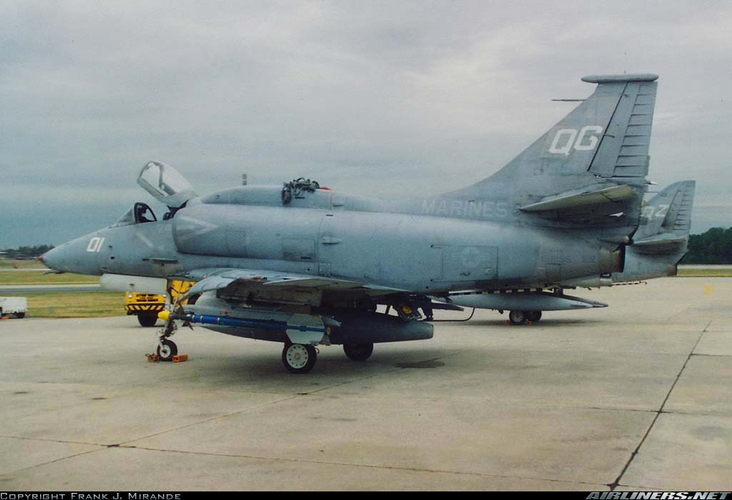Spain kept its colonies safe from 1492 to 1821, why?I guess you are probably from Spain.
Spain kept its colonies safe fron 1492 to 1821, why?
View attachment 754710
Spain was a military power, in the XV century Spain made its weapons, first lesson of war; a war should not be fought on bets, but on facts, Argentina in the 1950s developed fighters by 1980 only trainer jet aircraft.
View attachment 754709
They made missiles and very likely could have made a nuke.
View attachment 754708
View attachment 754713
In 1982, they were betrayed by a weak Spain (it would not had happened in 1784), a weak Italy, and an Anglosaxon rival who preferred its mother nation.
Spain betrayed Argentina.
Well we as Latin Americans once were part of Spain.
View attachment 754711
So from the beginning the bet was wrong.
Argentina was no match to England militarily speaking.
Spain an Italy were second rate powers in Europe (it is sad, but it is the truth even some of my ancestors were from Spain and Italy). So in my opinion Galtieri made a wrong move, the British wanted peace and probably they would have given up the Malvinas (Falklands) without war.
Did the USA pay?
Yes now Brazil is part of BRICS and is making nuclear subs, as the result of the sinking of Belgrano and betrayal of the USA.
View attachment 754712
MERCOSUR was a direct result of the war, Brazil and Argentina decided the USA was not an ally.
But thankfully we continue with a peaceful stand, will the Falklands become part of Argentina? I do not know, but the USA paid that war with Brazil becoming de facto the South American leader and the Free Trade of the Americas sponsored by the USA never happened and Now Mercosur made a free trade agreement with the EU.
They were not "our" colonies but of the Genoese bankers and high Austrian religious officials who had lent money to the inept Spanish kings (poisonously advised by their confessors) for their stupid European wars. All the gold in America ended up in the hands of European lenders and we Spaniards only collaborated with the wood of our forests and the blood of our young people in an international business that ruined us.
Why were our rulers so stupid? Because their most intelligent and gifted descendants died of mysterious diseases... Do you remember the saga of I Caludio? Usual procedure.

